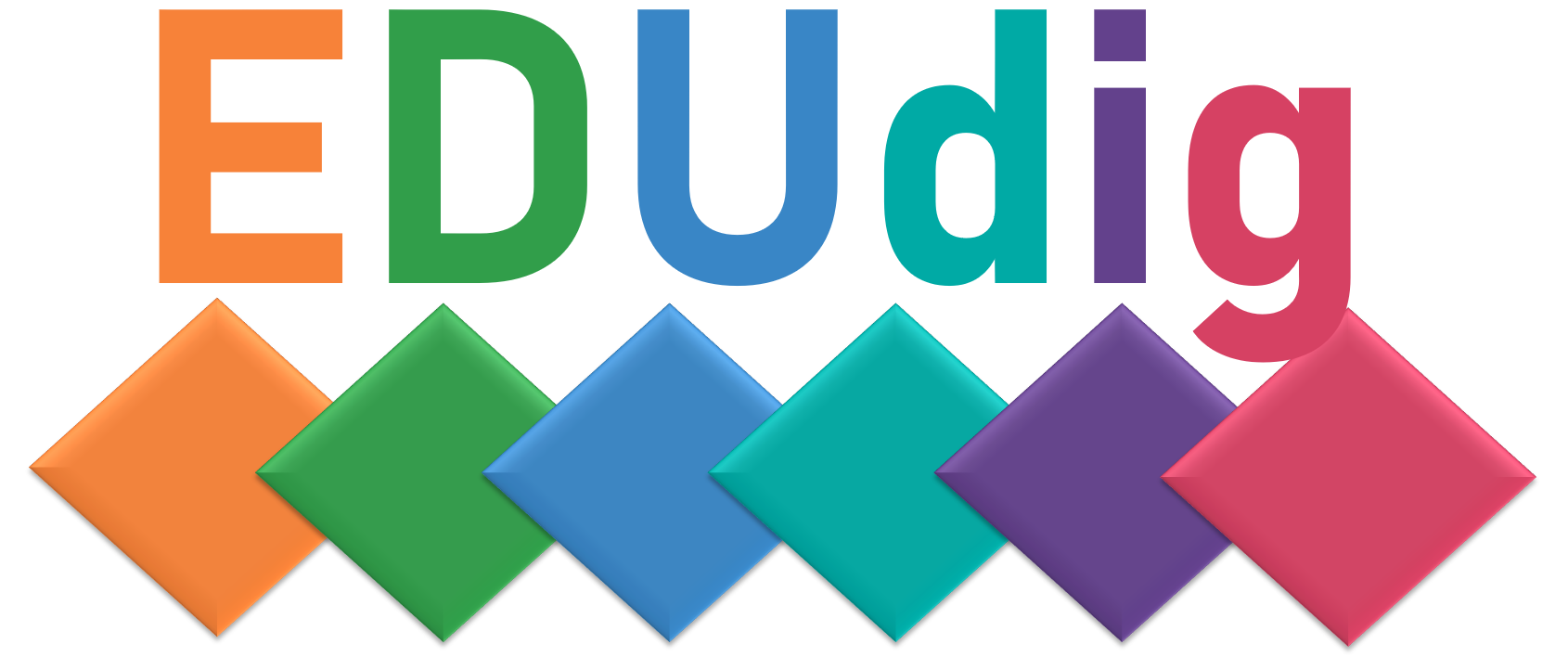Training
1.2.4 Digital tools to support collaborative learning activities
There are several collaborative learning activities that may benefit from the use of digital technology. Some examples are:
- Team-based learning activities, which are based on iterative individual Readiness Assurance Tests (iRAT) and team Readiness Assurance Tests (tRAT) and can benefit from the use of Classroom Response Systems (CRSs). These enable teachers to launch questions and to provide student feedback (as well as automatic grading). Even though these platforms somehow differ in terms of functionalities, most include game-based features, which may enhance student engagement through BYOD teaching and learning initiatives. Some examples are: Kahoot!, Quizizz, PollEverywhere, Socrative and Top Hat;
- Discussion-based activities, which can be video- or audio-based, using, for instance, Flipgrid, or based on collaborative writing, using Googledocs or Perusall;
- Storytelling activities, which may include the creation of interactive timelines for the stories, with multi-format information (https://www.timetoast.com/), the creation of digital comics (https://www.pixton.com/) or the development of multi-format collaborative stories (https://www.utellstory.com/);
- Concept mapping activities, which are used to visually depict a system of relationships between concepts (e.g., cause-and-effect relationships, category and sub-category relationships, etc.). Some examples are: CmapTools or Mindmeister;
- Interactive multiformat presentations, which can be used to present project results, resorting to, e.g., Nearpod.
